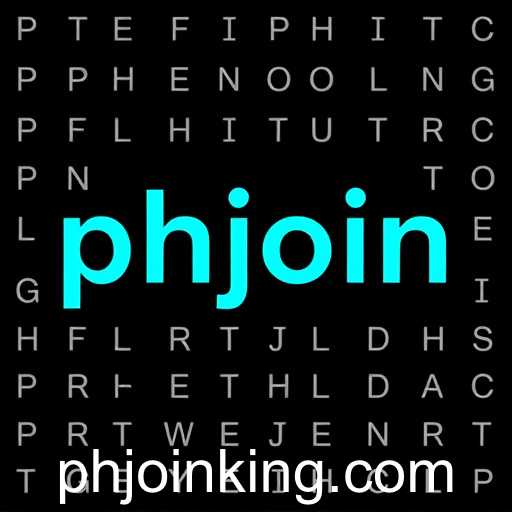In recent years, the landscape of language education has undergone a remarkable transformation. The advent of digital technology and the popularity of online learning platforms have provided fresh opportunities for learning languages, particularly English. One innovative approach has been the incorporation of gaming elements into the learning process, a trend that is reshaping how we think about education.
Websites like 'phjoin' are at the forefront of this movement, using engaging, interactive games to facilitate language acquisition. These platforms leverage the principles of gamification to make learning English not only effective but also highly enjoyable. This approach has attracted a diverse range of learners, from young students to adults wanting to hone their skills.
The integration of gaming into language education is proving especially attractive because it taps into the intrinsic motivation of learners. By turning language exercises into games, students are more likely to engage consistently and persistently, which is key to language acquisition. Moreover, the instant feedback provided by these games helps learners correct mistakes in real-time and reinforces positive learning behaviors.
While critics argue that traditional learning methods provide a more disciplined approach to language education, the results from these interactive platforms suggest a promising future. Research reports an increase in student engagement and improved retention rates among users of such platforms. Moreover, the capacity for these games to cater to various learning styles and paces is particularly suited to the diverse needs of modern learners.
The rise of games based on English language teaching reflects a broader trend in education where technological innovations are leaving a significant mark. These platforms, supported by cloud computing and AI integrations, offer personalized learning experiences that adapt to the needs of each learner. Furthermore, with a growing community of learners and educators, websites like 'phjoin' offer an interactive dynamic where users can learn from each other, share resources, and participate in community events.
As we move further into the digital age, the demand for these innovative educational tools is expected to grow. More schools and universities may begin to incorporate these methods into their curriculums, aligning with the needs of digital-native generations. While there will always be a place for traditional methods, the growth of platforms like 'phjoin' signifies a new era in language learning, where education meets technology in a dynamic and interactive way.








